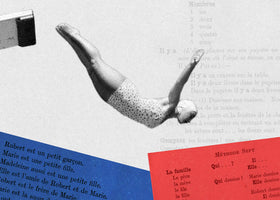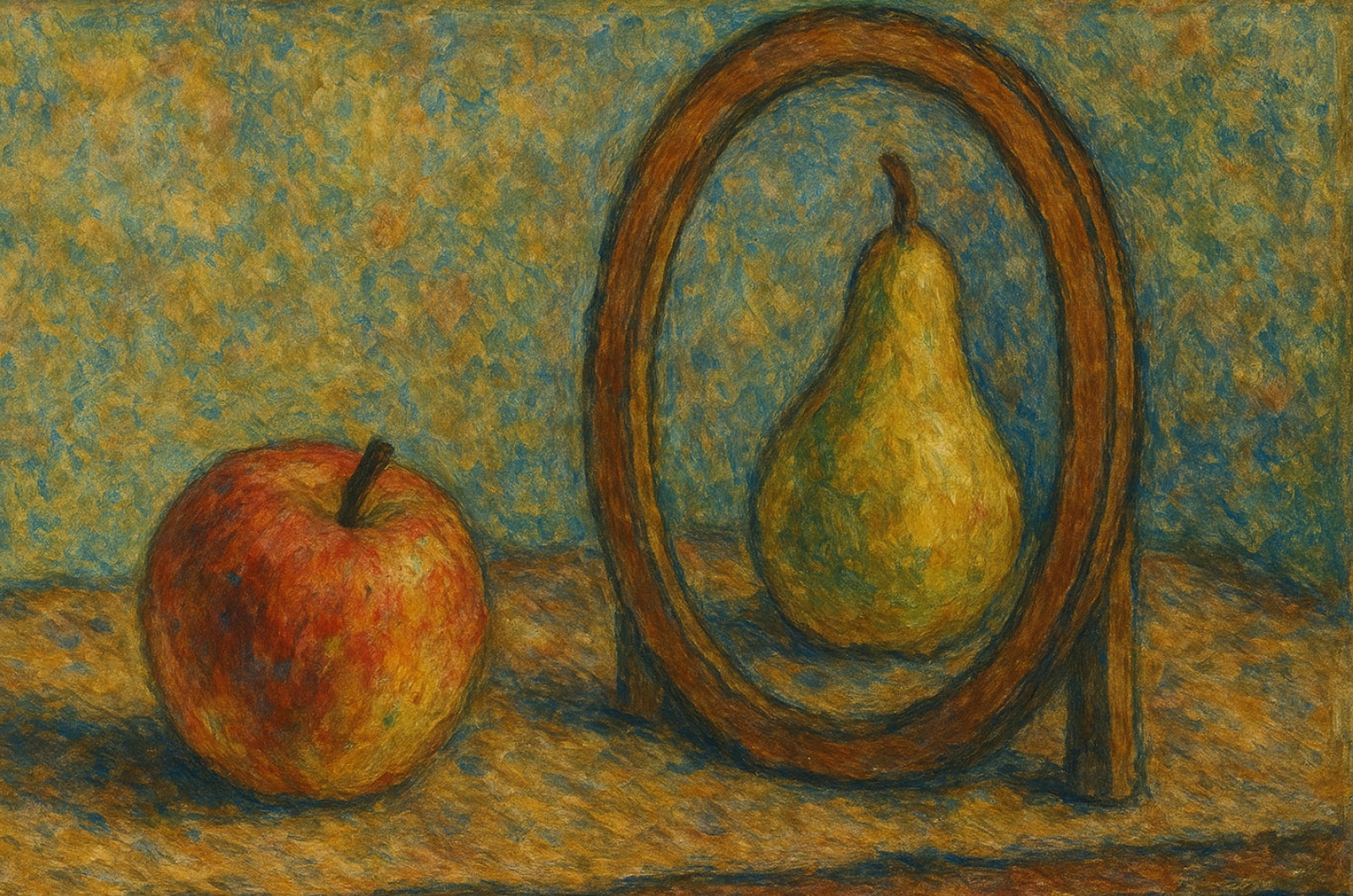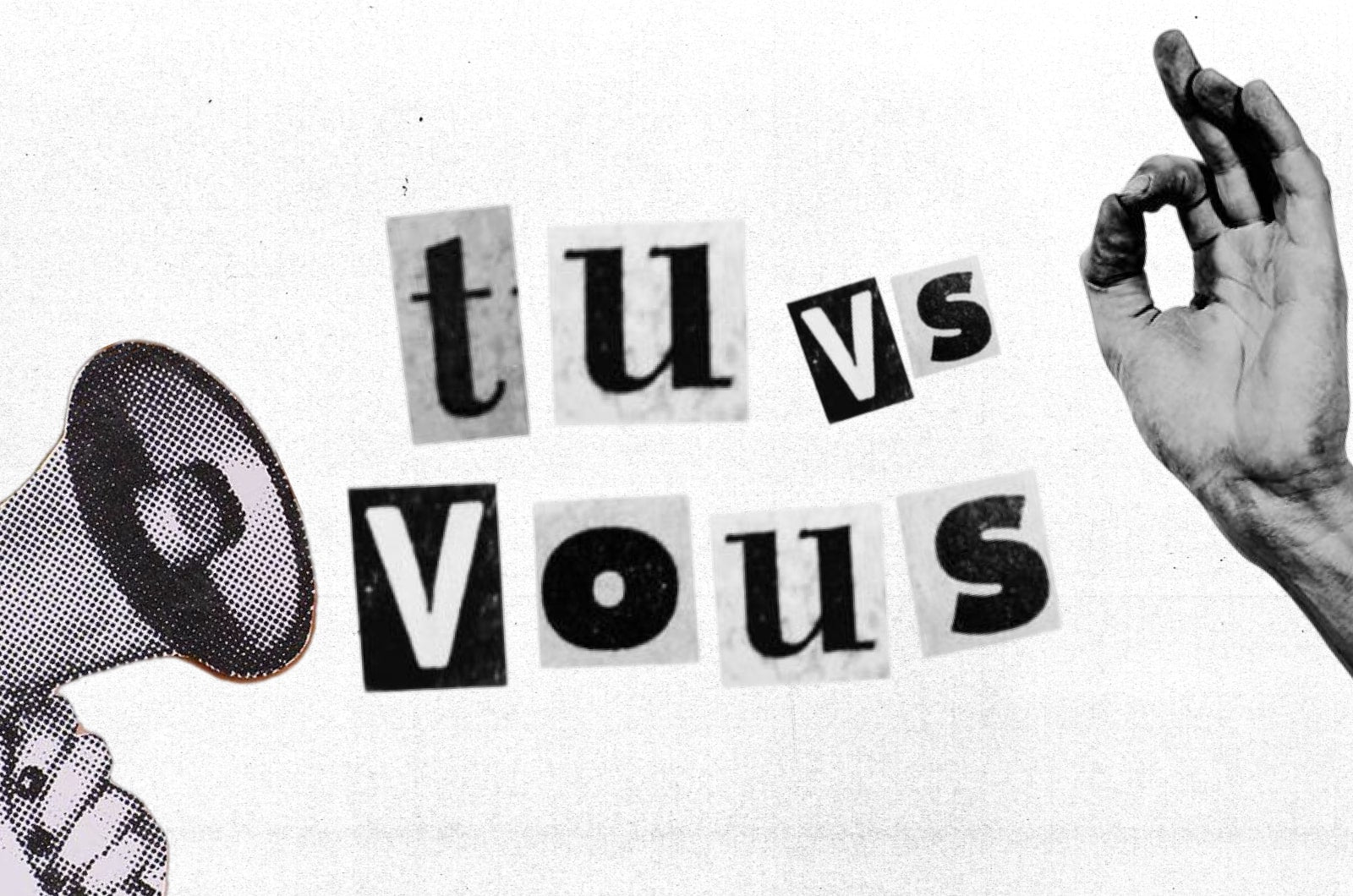So you think you've figured out the Paris map?
Meet the arrondissements: the city's 20 districts that spiral out from the center like a snail shell. The layout is often called "l'escargot de Paris" 🐌 because of its swirl shape, reflecting how the city expanded over time from its medieval core.
How It All Started
In 1795, Paris was divided into 12 arrondissements to help organize the city after the French Revolution. But by 1859, under Napoleon III and Baron Haussmann, the capital was completely reimagined. Narrow streets were replaced with tree-lined boulevards, new parks, and uniform stone façades. Paris absorbed nearby villages like Belleville, Montmartre, and Passy, and the number of arrondissements grew to 20.
That famous spiral system you see on the map came from this 19th-century expansion.

The Spiral System
The 1st arrondissement sits at the very center, home to the Louvre and Palais Royal. From there, the numbers curve outward in a clockwise spiral until the 20th, out in the east.
Once you get the pattern, it's surprisingly easy to navigate. Lower numbers hug the Seine and the city center, higher numbers stretch toward the edges. The Rive Droite / Left Bank (south of the river) holds arrondissements 5 to 7 and 13 to 15. The Rive Gauche / Right Bank (north) has the rest.
It helps to picture the city like a clock face, with the numbers circling out from the middle.

Everyday Paris: How Locals Talk About It
Parisians rarely use the term "arrondissement" in conversation. We just use the number.
"T’habites où ?" (Where do you live?)
"Dans le 6ème." (In the 6th.)
Same thing when sharing an address or picking a meeting spot. The number alone tells you the mood of a neighborhood. If you'd like to hear how each number sounds in French, you can listen here.
What the Arrondissements Represent
Each arrondissement has its own rhythm, crowd, and flavor. Together, they form the living mosaic that is Paris.
HERE ARE A FEW SNAPSHOTS:
 |
1er – 👑 The Royal CoreWhere it all began. The Louvre, the Tuileries, and centuries of history. |
 |
4e – 🌈 Marais MagicJewish heritage, LGBTQ+ culture, art galleries, and timeless streets. |
 |
5e – 📚 The Latin QuarterStudents, cafés, and revolution in the air. Home to the Sorbonne and the Panthéon. |
 |
6e – ☕ Saint-Germain StylePhilosophers, writers, and espresso at Café de Flore. Classic, cultured, and confident. |
 |
7e – 🗼 Postcard ParisThe Eiffel Tower, Les Invalides, and quiet luxury. |
 |
9e – 🎭 Opéra EnergyOpéra Garnier, grand boulevards, and SoPi nightlife. |
|
|
11e – 🍷 Cool Kid CentralBastille's wine bars and the city's creative pulse. |
 |
13e – 🐉 Modern and MulticulturalParis's Chinatown, bold street art, and a growing tech scene. |
 |
18e – 🎨 Bohemian and BoldMontmartre's charm meets Belleville's grit. |
 |
20e – 🎶 Soul of the EastMénilmontant, Père Lachaise, and Belleville's endless mix of cultures. |
Decoding the Postal Codes
Every Paris address starts with 75, the department number for Paris, and ends with the arrondissement. Those two final digits reveal a lot. Parisians instantly picture the atmosphere just by hearing them.
FOR EXAMPLE:
- 75001 → 1st arrondissement (center)
- 75011 → 11th arrondissement (east)
- 75016 → 16th arrondissement (west)
WHY IT MATTERS
Understanding the arrondissements is more than orientation; it's understanding Parisians themselves. Locals often identify with their quartier (neighborhood) before the whole city. Living in the 11e means late nights and good wine. The 7e feels quiet and refined. The 18e is creative and unapologetically alive.
If you'd like a curated list of my favorite cafés, restaurants, and hidden spots by arrondissement, explore the Hello Paris Guide.
Official Names of the 20 Arrondissements
Each arrondissement has an official name, often borrowed from a historic neighborhood, landmark, or local parish. These names hint at the character and origins of each part of the city, though many Parisians are unaware of all of them, they simply use the number instead.
|
|
Best Areas to Stay in Paris (By Arrondissement)
Choosing where to stay in Paris can feel overwhelming, so here's how locals think about it. Each area has its own rhythm depending on what you're looking for.
For first-time visitors
Stay central so you can walk everywhere. Try the 1er, 4e, 5e, or 6e for easy access to landmarks like the Louvre, Notre-Dame, and the Seine.
For romance
The 6e (Saint-Germain-des-Prés) and 7e (Eiffel Tower area) are perfect for quiet evenings, candlelit dinners, and postcard views.
For food and nightlife
Head to the 10e, 11e, or 12e for wine bars, local bistros, and fewer tourists. Bastille, Oberkampf, and Rue de Charonne are always buzzing.
For an artsy, local vibe
The 18e and 20e are creative and diverse, with live music, vintage shops, and street art.
For families or longer stays
The 15e and 16e are calm, residential, and full of bakeries, markets, and parks.
For luxury and shopping
Stay near the 8e or 9e, close to the Champs-Élysées, Opéra Garnier, and designer boutiques.

Plan Your Stay Like a Local
If you’re planning a trip, my Hello Paris Guide includes a full chapter dedicated to hotel and Airbnb recommendations — from cozy hideaways in the Marais to elegant stays near Saint-Germain and boutique gems in Montmartre. You’ll also find curated food spots, local tips, and hidden corners to make your stay feel effortless, authentic, and very Parisian.
And if you want personalized Paris planning, book a session with me — we’ll craft the perfect experience for your trip together.
















